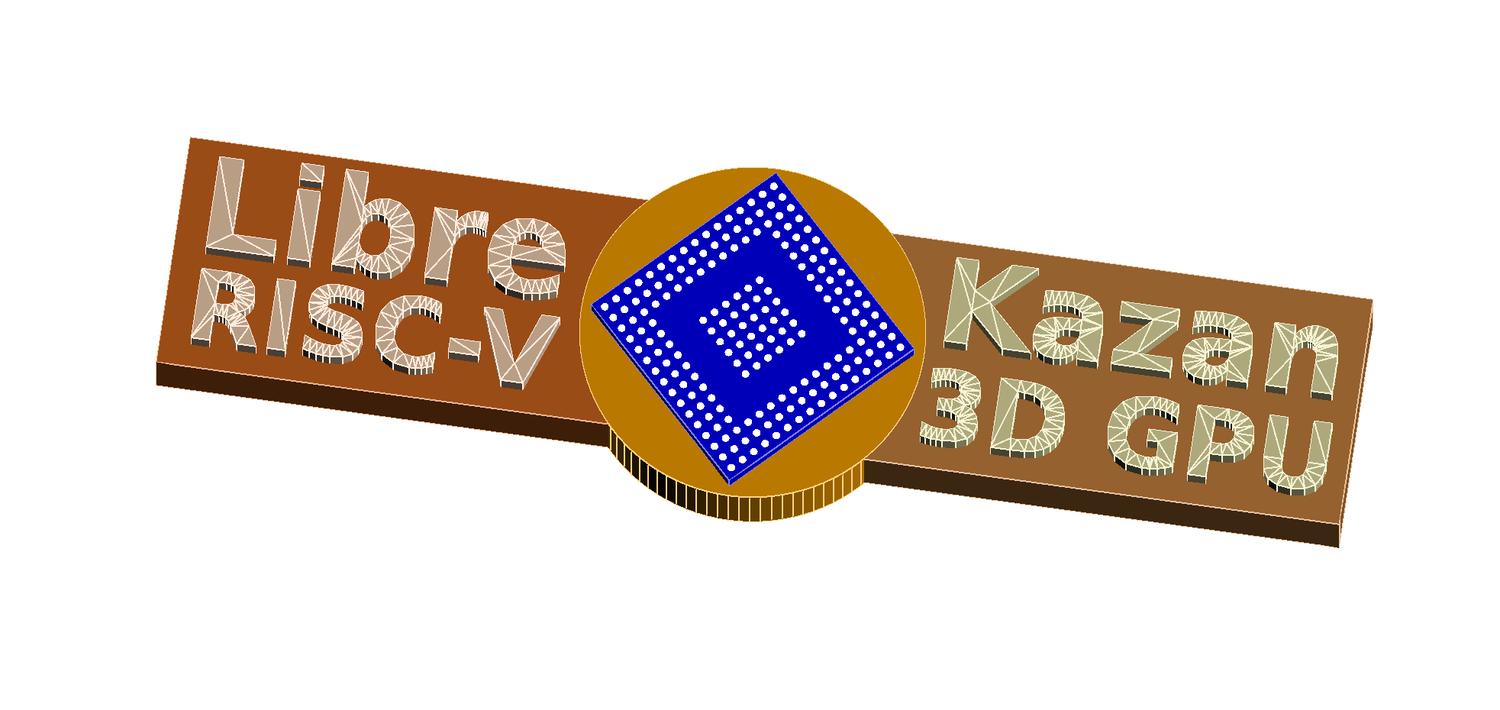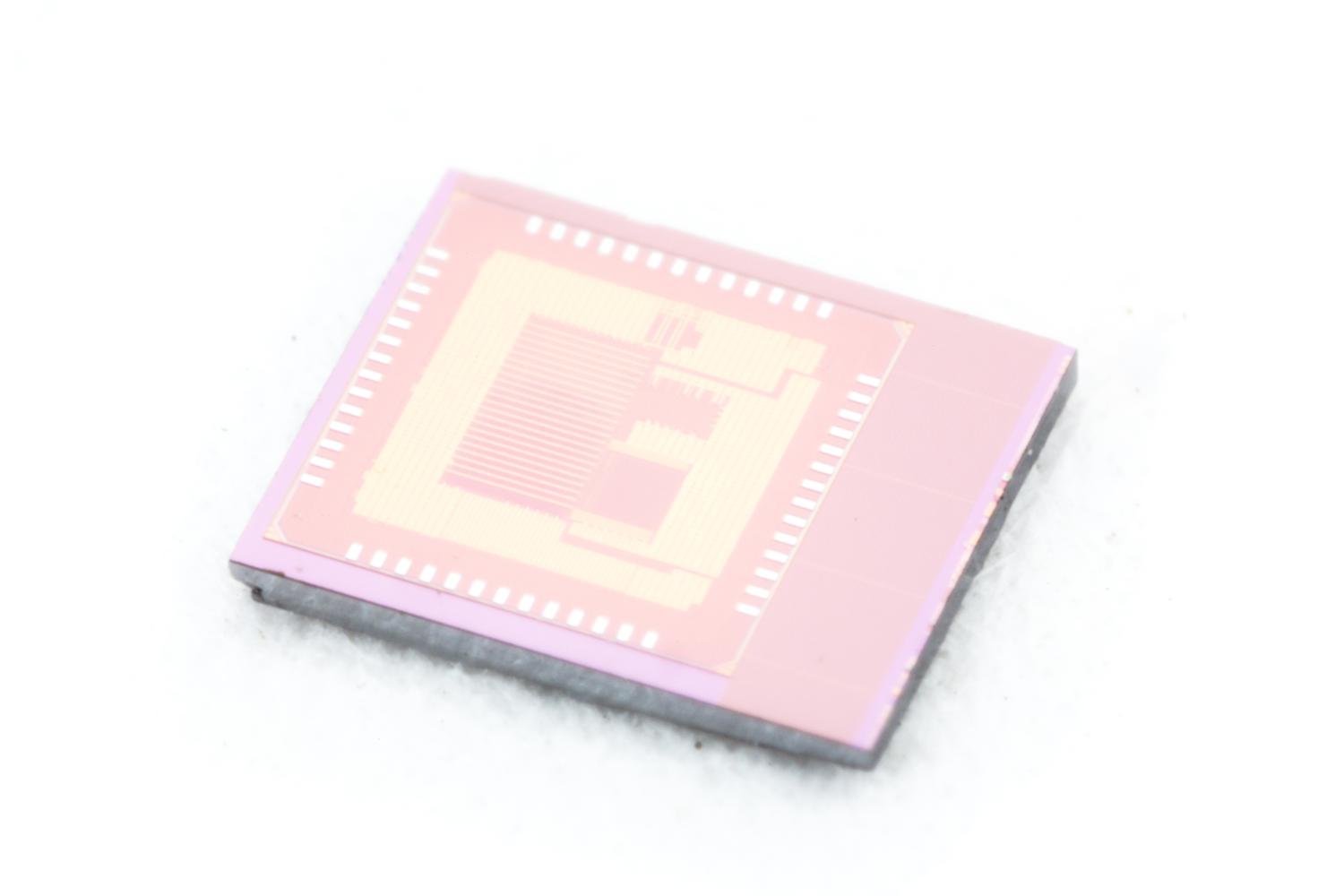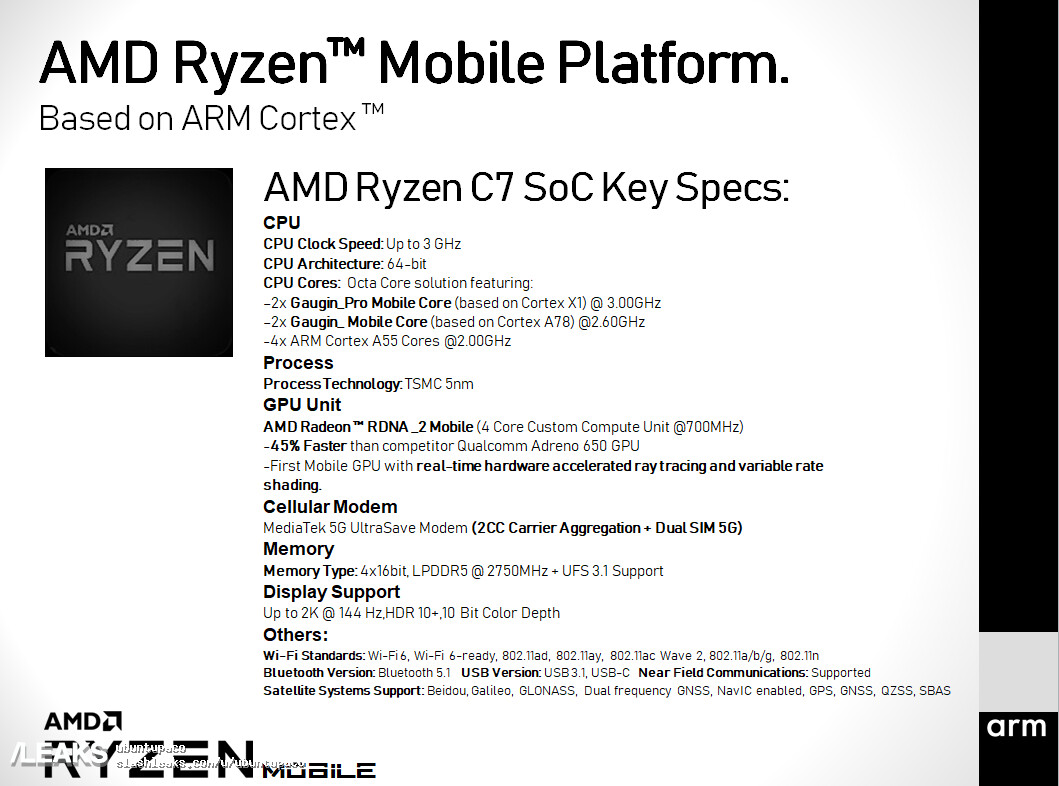Djoga'Ro
moonstruck
- Joined
- Apr 3, 2016
- Messages
- 2,625
I've just got a strong preference towards open standards - more commulated experience behind it, less licensing fees involved in production (=> hopefully cheaper product), and maybe that mindset grows and we can have it more modular again (opposed to needing a device tree for every fucking device model), and probably more.What’s wrong with ARM? (Genuinely curious)
I don't know much about that field, but could something like that 4k-core processor Esperanto is working on be used for graphics (with a more complex software stack, maybe)? (Not for the Pyra, but for a silver lining.)That would me my preferred choice, too. AMD is nice driver and performance wise recently, but as already stated, it has a big package and 6W is already a lot.
The only thing necessary for a RISC-V is an open source graphics card, as the latest cores are already pretty powerful (maybe not as powerful as recent arm, but I would take that if I get a RISC-V based product). Any volunteers to write a hdl model? I would probably try to join in.
I don't think the Pyra must have its very own SoC model. And yes, Risc-V world doesn't have anything fitting, yet.I would love to see an open source graphics card, even if it is just on an FPGA, but the problem with any RISC-V SoC is the cost of a tapeout on the kind of process a Pyra SoC needs - many millions for a proper mask set, hundreds of thousands just for an MPW, not to mention software and engineering time.
Most of the current RISC-V work is either smaller (microcontroller level, or control processor in a larger ASIC) or bigger (massively multicore datacenter/AI type stuff) than a Pyra needs. The only project targeting this space is Libre RISC-V and whether it turns out to be vapourware or not remains to be seen.




